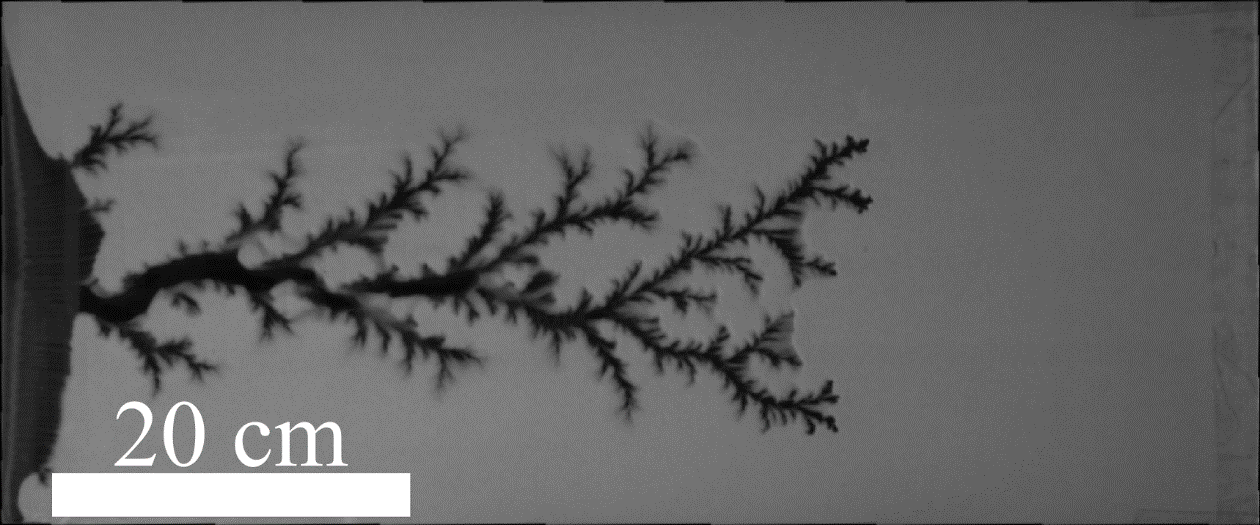When a fluid is injected into a porous medium at a sufficient overpressure or flow rate, it will deform the medium and open up flow channels/fractures. The formation of these channels increases the permeability of the medium, which can be an advantage. Processes like this often occur in industry, for example to enhance oil & gas recovery, CO2 storage, water well- and thermal energy production. As a side effect, such fluid injections also lead to changes in the stress state of the reservoir rock surrounding the channels, which may de-stabilize the region. Industrial fluid injections and deposits have led to deformation and pressure changes in the earth’s crust resulting in unwanted damage, even earthquakes far away from tectonic plate boundaries.
The main task in this project will be to perform systematic experiments, where air or water is injected into a granular medium confined inside a quasi-2D flow cell. Several parameters can be varied to explore the impact on the channels formed and surrounding deformation, including the injection method, boundary conditions, fluids, and composition of the medium. Increased knowledge of the physics in this topic helps to gain more control and reduce risk during processes like hydraulic fracturing.
